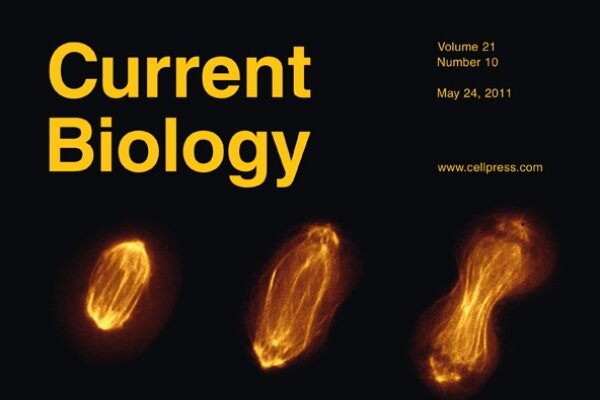2011-05-24

Cellular studies have focused on long-term potentiation (LTP) and long-term depression (LTD) to understand requirements for persistent changes in synaptic connections. Here we adapted LTP/LTD-like protocols to visual stimulation to alter human visual attention and behavior. In a change-detection task, participants reported luminance changes against distracting orientation changes. Subsequently, they were exposed to passive visual high- or low-frequency stimulation of either the relevant luminance or irrelevant orientation feature. LTP-like high-frequency protocols using luminance improved ability to detect luminance changes, whereas low-frequency LTD-like stimulation impaired performance. In contrast, LTP-like exposure of the irrelevant orientation feature impaired performance, whereas LTD-like orientation stimulation improved it. This is the first study showing that mechanisms used in cellular studies can also be used in vivo to alter human behavior and supports cellular, neurophysiological studies showing that these mechanisms alter synaptic strength. Future research may evaluate the potential of this technique for clinical interventions.
Comment on this article:

Cellular studies have focused on long-term potentiation (LTP) and long-term depression (LTD) to understand requirements for persistent changes in synaptic connections. Here we adapted LTP/LTD-like protocols to visual stimulation to alter human visual attention and behavior. In a change-detection task, participants reported luminance changes against distracting orientation changes. Subsequently, they were exposed to passive visual high- or low-frequency stimulation of either the relevant luminance or irrelevant orientation feature. LTP-like high-frequency protocols using luminance improved ability to detect luminance changes, whereas low-frequency LTD-like stimulation impaired performance. In contrast, LTP-like exposure of the irrelevant orientation feature impaired performance, whereas LTD-like orientation stimulation improved it. This is the first study showing that mechanisms used in cellular studies can also be used in vivo to alter human behavior and supports cellular, neurophysiological studies showing that these mechanisms alter synaptic strength. Future research may evaluate the potential of this technique for clinical interventions.
Comment on this article: